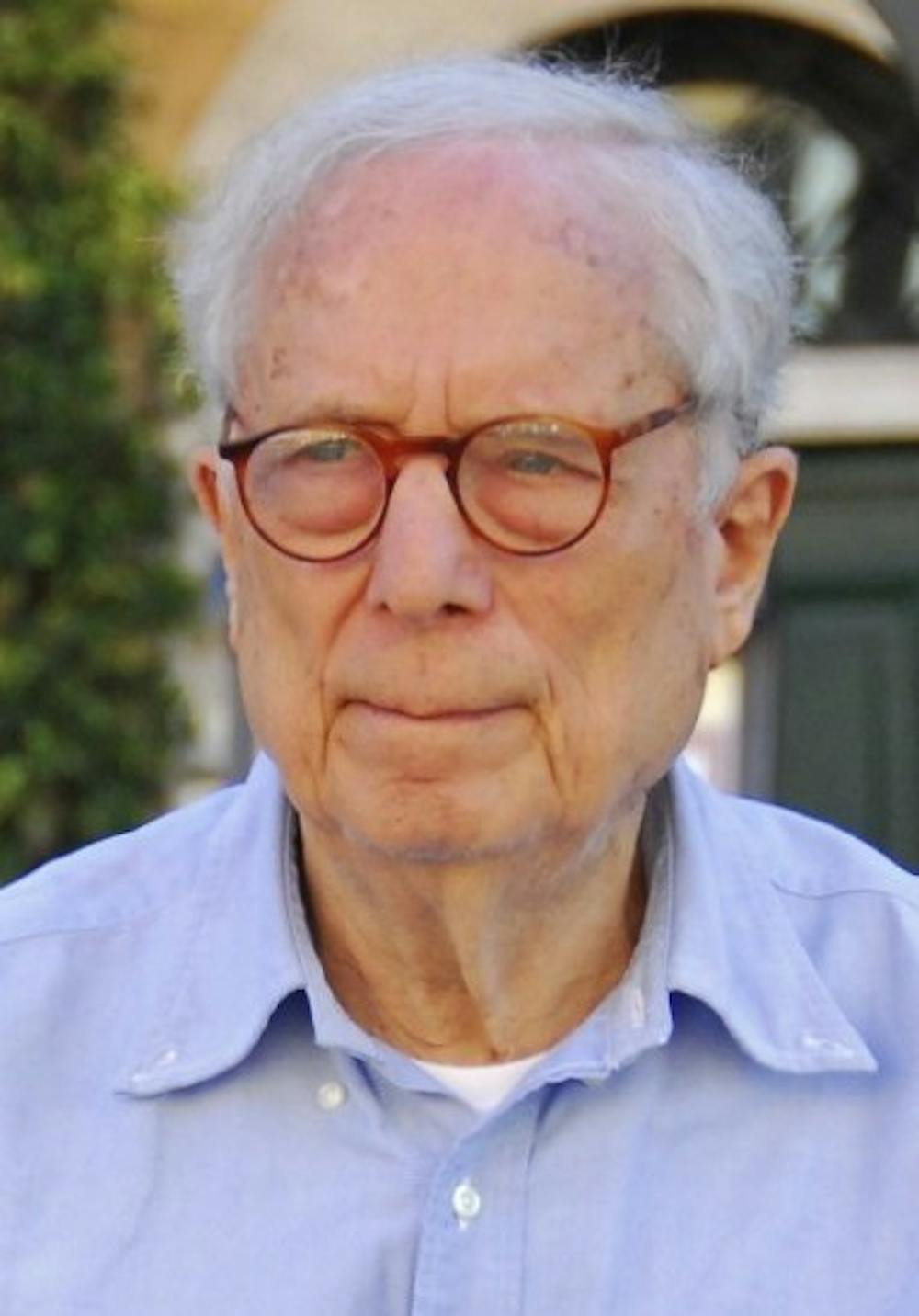Robert Venturi ’47 GS ’50, an acclaimed architect whose designs and writings transformed the field and sparked the postmodernist movement, died in his home on Tuesday, Sept. 18. He was 93.
Venturi called for the incorporation of historical allusions and ornamentation into buildings instead of the stark, geometric forms in vogue for most of the 20th century. He was awarded the Pritzker Prize, considered architecture’s highest honor, and designed a variety of significant buildings through the practice VSBA Architects & Planners, which he led with his wife Denise Scott Brown.
As an undergraduate in the 1940s, Venturi studied architectural history and immersed himself in the structural styles of the campus. While the architectural field was primarily focused on modernism at the time, the University’s program emphasized history due to its close ties to the art and archaeology department.
Venturi graduated with a B.A. in 1947 and continued his studies at the University, receiving his MFA in 1950. He worked for the architects Eero Saarinen and Louis Kahn before winning the Rome Prize fellowship in 1954. For the next two years he studied buildings in Italy and Spain. Upon his return to the United States, he taught architectural theory, published books, and began to design an impressive array of structures that would eventually include a wing of the National Gallery in London and the famous Guild House in Philadelphia.
Venturi’s 1966 book “Complexity and Contradiction in Architecture,” in which he argued for “messy vitality” and “richness of meaning” in design rather than unity and clarity, was a seminal work in the field. “Learning from Las Vegas,” which Venturi co-wrote with Scott Brown, had a similarly influential effect upon its publication in 1972. While these books have been hailed as the defining texts of postmodernism, Venturi intentionally distanced himself from the movement.
Venturi and Scott Brown’s practice has designed many buildings on the University’s campus, such as Frist Campus Center (2000), Schultz Lab (1993), Wu Hall (1983), and Lewis Thomas Laboratory (1986). These structures are seen as bridging the classical, gothic architecture typical of older college campuses and the modern, brutalist designs of the 20th century.
“We are greatly saddened by the news of Robert Venturi’s passing. He was an extraordinary theorist, teacher, and practitioner whose impact on the field of architecture cannot be understated,” stated Princeton University School of Architecture Dean Mónica Ponce de León. “Along with his partner, Denise Scott Brown, [he] brought architecture into a new era, one with historical context, humor, and humanity.”








